Beyond the Hospital Walls: How Virtual Care Management Is Redefining Patient Care

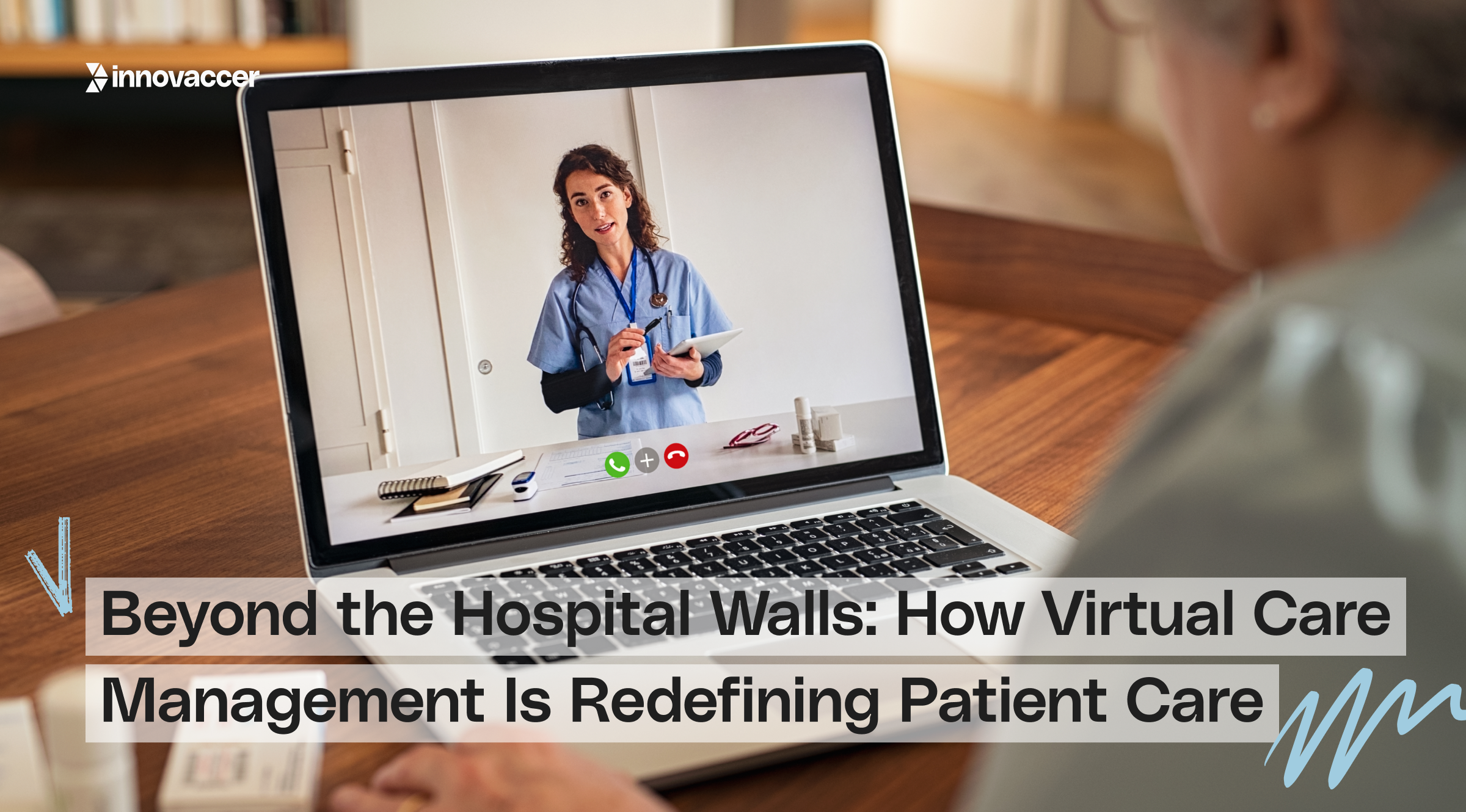
From merely hospital and clinic halls, healthcare is shifting toward living rooms, workspaces, and daily life. Central to this shift is Virtual Care Management, or VCM - changing care delivery and experience: From a repair model that is reactive and appointment-based, to a continuous, personalized model of support-coping that fits in patients' lives.
This shift accelerated during the COVID-19 pandemic, but it hasn't stopped since. What began as a stopgap has morphed into a long-term play. Virtual care is now an essential part of contemporary population health management.
Here is how this model is reshaping chronic condition management, reducing hospital readmissions, and making healthcare smarter and more connected.
Understanding What Virtual Care Management Really Means
Virtual care management isn’t just about telehealth or apps. It’s a more complete model of care that brings clinical support directly to patients. Wherever they are, using digital tools keeps the connection with their providers active and personal.
These tools include everything from remote monitoring platforms and telehealth portals to secure messaging systems, mobile health apps, and data-driven care coordination software. These tools effortlessly work together to support more consistent and collaborative care.
At its core, VCM enables providers to monitor health in real time with remote patient monitoring. They can easily track metrics like blood pressure or glucose with certain at-home devices, alerting care teams to any red flags early. Additionally, telehealth appointments add flexibility for patients, saving unnecessary time spent in traveling or in waiting rooms.
Behind the scenes, care coordination platforms help providers collaborate. Access to the same patient information promotes more aligned and proactive care for all providers. And most importantly, patients feel seen, supported, and engaged.
How VCM Manages Chronic Conditions Without Waiting Rooms
Chronic illness isn't on a schedule. It needs constant attention, and that is something VCM is well-suited to provide.
With the online tools, patients can remain in contact with their healthcare teams on a regular basis. They can report on symptoms, get timely advice, and prevent unnecessary visits to the clinic. Such regular contact results in improved management of the condition and less disturbance in everyday life.
Patients become more active participants in their own care. Easy-to-use apps and tailored care plans make them more visible and in control. They can monitor their progress, pose questions, and make informed decisions. It is this sense of ownership that yields improved health results and greater commitment to their care journey.
Helping Patients Recover and Avoid Readmission With VCM
Discharge from the hospital is just the beginning of recovery. The days that follow are critical. Virtual care steps enable a seamless recovery process with the help of technology.
Different tools monitor patients in their recovery, flagging any warning signs early to the providers. Whether it’s a symptom update or a missed medication, automated check-ins and real-time alerts allow teams to respond quickly. Patients feel supported, and clinicians mitigate any high-risk situation well in advance.
With these timely interventions, providers are able to manage patients' health without the need of any readmissions. They also lead to smoother transitions and better long-term outcomes.
Care Management Technology That Supports Smarter Care
Healthcare is moving towards value-based models of care, with virtual care assisting organizations in aligning with these objectives.
With the proper technology, providers can monitor measures such as HEDIS and STAR ratings while actively enhancing the care experience. Solutions that merge clinical data and predictive analytics can flag high-risk patients, alert to issues on the horizon, and enable timely interventions.
This strategy assists teams in working more effectively and providing care that is timely, personalized, and connected to overall quality objectives.
What It Takes to Build a Virtual Care Program That Works
An effective VCM program requires a unified approach that combines clinical insight, patient engagement, and operational efficiency.
A prerequisite for it is a care management platform that brings all the pieces together. Providers can see the full picture of a patient’s history, conditions, and needs in a unified platform. Predictive analytics then analyzes such information to identify patients at higher risk of adverse health events, allowing for timely interventions and personalized care plans.
Digital engagement tools play a big role too. Mobile apps and secure portals help keep patients engaged and informed. Virtual visits and secure communication channels give them direct access to their care teams. The result is care that feels more personal, more accessible, and far less stressful.
What This Looks Like in Practice
The virtual care influence is already tangible in the nation.
In Washington, Southwest Washington Physicians collaborated with Innovaccer to enhance care delivery. Through their initiative, emergency visits declined by 12% and nurse workload decreased by 16.7%. That translated into more time spent on quality patient interactions and less unnecessary downtime.
In Iowa, a large health system utilized Innovaccer's platform to enhance transitions of care. Through automating most of their post-discharge processes, they lowered 30-day readmissions and saved millions from their value-based contracts.
These aren't simply administrative victories. They're actual gains in quality of care and patient results.
Addressing the Barriers That Still Remain
Despite its promise, virtual care still faces a few obstacles. Reimbursement continues to be a challenge. Many payment models haven’t caught up with how care is actually being delivered. At the same time, providers are still adjusting their workflows and learning how to integrate virtual care into their daily routines.
Then there’s the issue of access. Patients might face issues with smartphones or stable internet. Others may lack the digital skills to use virtual tools comfortably. To bridge this gap, many healthcare organizations are investing in digital literacy programs, community partnerships, and patient education efforts.
Because in this new era of care, access and equity are just as important as technology.
What the Future Looks Like
We are headed for a healthcare system that begins at the home, not at the hospital.
Hospital-at-home programs are growing, providing sophisticated care without the need for a facility stay. Artificial intelligence is assisting with personalizing care plans, uncovering insights, and decreasing administrative burden. And with platforms such as Innovaccer, all of this comes together in one integrated ecosystem that spans from health records to analytics to patient communication.
This's not about replacing clinicians. It's about enabling them. Allowing them more time, improved tools, and the capacity to concentrate on what's truly important: tending to patients.
Looking to grow your virtual care offerings or create a more integrated way of population health? Do it now. With a single platform, you can unite it all and scale with confidence. Interested in learning how it might work for your organization? Get a demo from Innovaccer and find out how smarter technology can produce stronger, more resilient care.

.png)




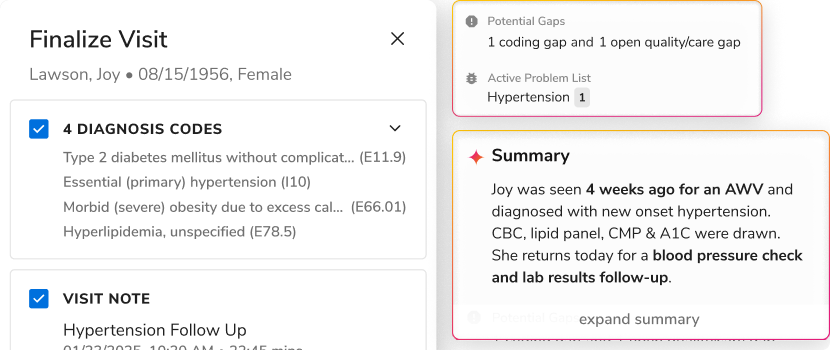
.png)

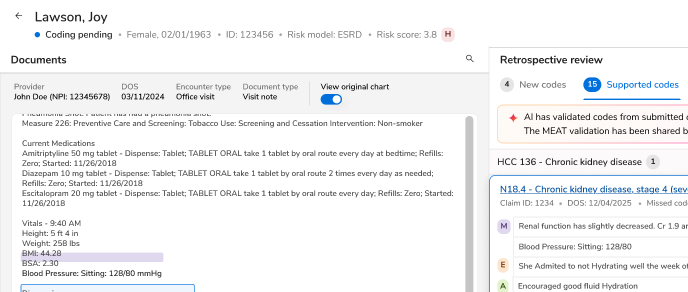
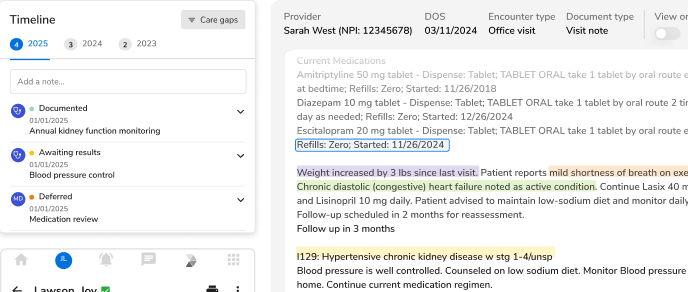
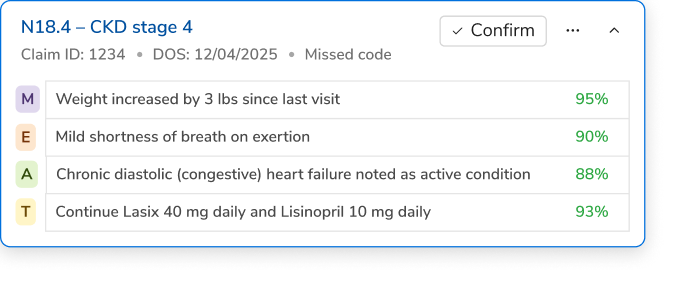





.svg)
.svg)

.svg)

